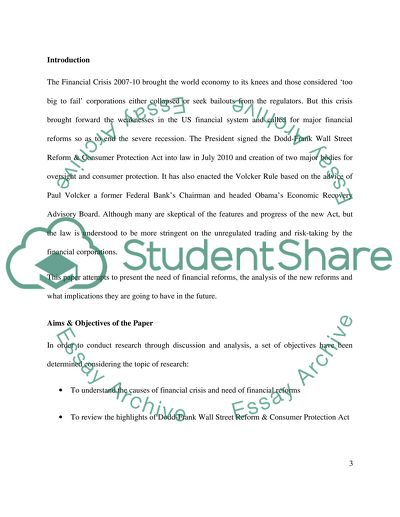Cite this document
(“President Obama and the Financial Reform Research Paper”, n.d.)
Retrieved from https://studentshare.org/macro-microeconomics/1435221-president-obama-and-the-financial-reform
Retrieved from https://studentshare.org/macro-microeconomics/1435221-president-obama-and-the-financial-reform
(President Obama and the Financial Reform Research Paper)
https://studentshare.org/macro-microeconomics/1435221-president-obama-and-the-financial-reform.
https://studentshare.org/macro-microeconomics/1435221-president-obama-and-the-financial-reform.
“President Obama and the Financial Reform Research Paper”, n.d. https://studentshare.org/macro-microeconomics/1435221-president-obama-and-the-financial-reform.


